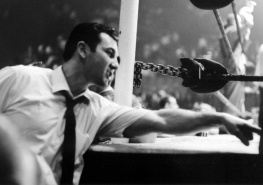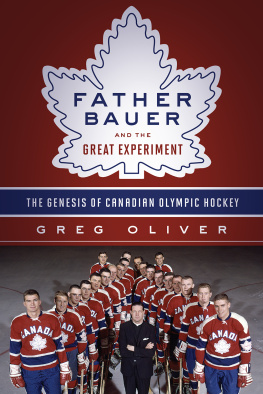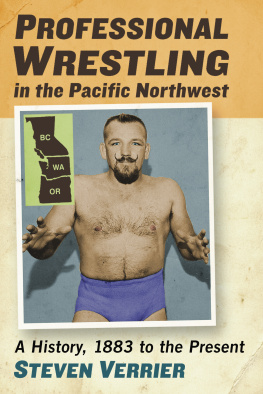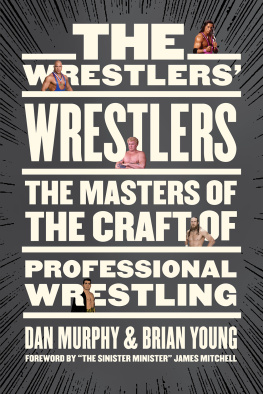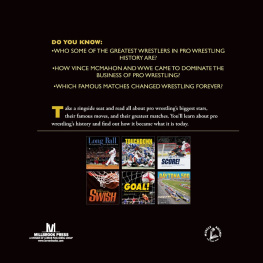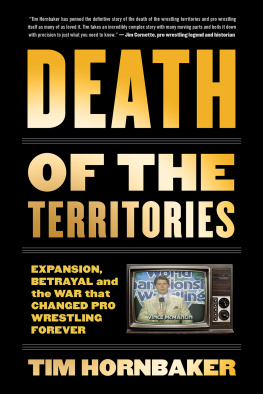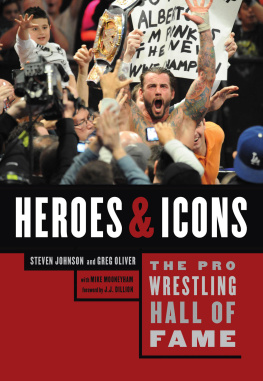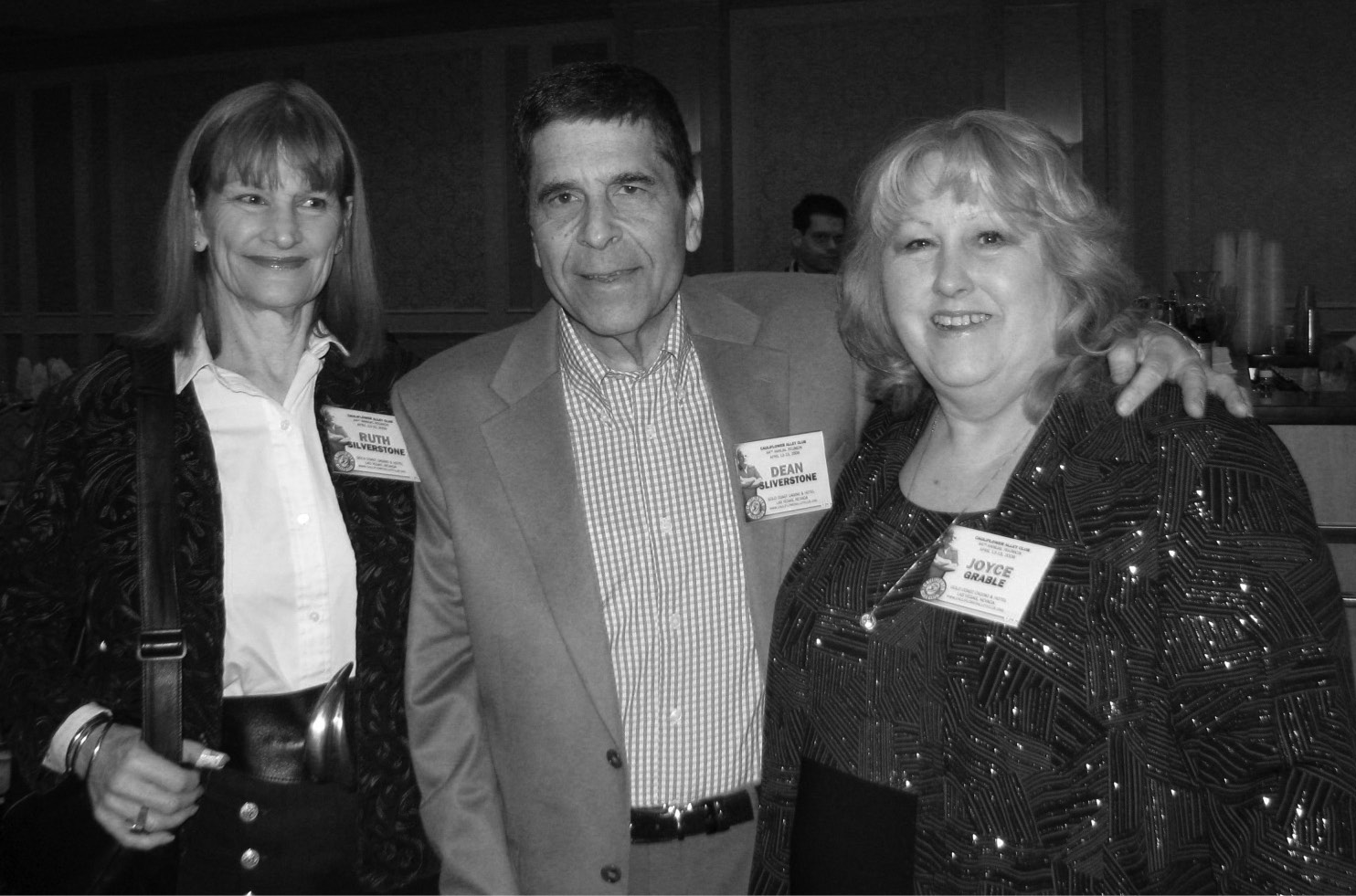When I was approached to contribute to The Pro Wrestling Hall of Fame: The Storytellers, I thought about writing in character as The Blue Meanie. But the more I thought about it, I figured it would be better to be myself, Brian Heffron. The truth is, theres more of myself in The Blue Meanie than there was originally supposed to be.
Scott Levy a.k.a. Raven is one of the best minds in the wrestling business. Hes given to the wrestling business more than anyone knows: he created many characters in ECW, with the most famous being The Dudley Boyz. So when Raven asked if I wanted to be a part of his stable known as The Flock, it was a no-brainer. Even when he pitched his idea of me becoming The Blue Meanie, I never hesitated to accept.
Raven took the concept to ECWs mad scientist/owner Paul Heyman and, at November to Remember 95, The Blue Meanie was born. It was Ravens sidekick, Dancin Stevie Richards, who brought me out of the ECW audience and baptized me into ECW and Ravens Flock. Raven had seen me and thought everything I had done up to that point as thenBrian Rollins reminded him of a villain from The Beatless movie, Yellow Submarine. And at first he wanted me to be exactly like the character in the movie but, as time went on, I poured more of myself into The Blue Meanie.
I grew up with many influences, from wrestler Bam Bam Bigelow to guitar hero Eddie Van Halen to comedy icon George Carlin. Also, as a kid, I tried to mimic the wrestlers I had seen on television. I would take a camcorder and practice wrestling interviews. When I was brushing my hair in the bathroom, I would do a quick promo in the mirror. Even to this day I often think of wrestling scenarios and play out scenes and promos in my head. They have a tendency to slip out, and my wife Tracy (Mrs. Meanie) will turn to me and say, Youre in promo land, right?
When it came time to start my wrestling training with my soon-to-be best friend Al Snow, promo class came easy. When Raven first had me take on The Blue Meanie character, he would have me stand in the center of his living room and cut promos on whatever topic he could throw at me to keep me off-guard and keep my promo skills sharp.
Once Raven presented the idea of Stevie Richards and I doing parodies of other known characters, thats when I started to evolve. Whether I was aping Goldust as Bluedust or rocking out like KISS or demanding a better society with my Blue World Order pals, Stevie Richards and Super Nova, I was telling a story, however wacky it might have been.
But I really got my Ph.D. in how to do a promo under the tutelage of Paul Heyman. Not only was Paul an excellent speaker himself, he was clear in what he wanted his performers to say, the message we used to capture our audience.
Many a night after an ECW television taping, Paul would hold court as the ECW locker room did promos for their matches. He would also do short snippets of promos or a skit to tag on at the end of ECW TV in a segment unofficially dubbed Pulp Fiction, which allowed everyone to get TV time and get their characters over.
Dont laugh, but all these drills have prepared me for a lot in real life.
You are cutting a promo in a job interview, arent you? Telling a story, tying it in to why you belong there. I can improvise with the best of them, whether its with my friends or on a movie set.
Wrestling character development has made me mentally tough. These experiences have made me the man I am today, and I have no idea where I would be in life without them. What I do know, as youll further learn in these pages, is that Im not alone in taking a spark of an idea and running with it, making something happen in pro wrestling.

Photo by George Tahinos
Theres something magical about the world of pro wrestling the storytelling. Wrestling has had me run through the gamut of emotions, from the fear of the villains to the joy of when a favorite wrestler wins a match. All of that was attained through the art of storytelling, whether it be through the brilliance of the booker or subtle nuances in the way the wrestler emotes the pain, anger, or joy of contest at hand. All parties involved have had me wipe my brow, stomp my feet, pump my fist, and lose my voice.
Now that I am on the other side of the guardrail, Ive been fortunate to be on the opposite ends of said emotions. Ive been booed and cheered, and received punches and high fives. All thanks to the guidance of a trainer like Al Snow, a genius like Paul Heyman, an opponent like Tracy Smothers, and the vibe I fed off from the fans. All of this was done by great storytelling and great storytellers.
The Blue Meanie
Brian Heffron
May 2019
Ted Tourtas was Greek by birth, but in the not-too-particular world of professional wrestling, he was billed for a spell in the Pacific Northwest as an underhanded, bile-spitting Turk. It was all the same to Tourtas, as long as he was eking out a living. When a promoter in Seattle, Washington, determined that Tourtas malevolent persona might affect the gate receipts, that was another matter entirely.
The promoter took me in the office. He had boxes of mail. He said, Ted, you see that? Theyre all Turks, Muslims, and so on. They say theyre going to start boycotting the wrestling matches if they kept booking you because youre insulting the Turks... Youd better switch and be the clean guy. So we get into the ring with another kid. This guy was another pretty boy. I back him into the ropes and show him like Im going to hit him and grab his hair and they started screaming, Why, you dirty... I said, What did I do wrong? So I back him in a little later. I took his hand and shook his hand and backed away. Right from then on, I was a hero. Hey, The Turk is good. So that was the end of The Turk. See, you can play with their minds any way you want. I was a hero. Old ladies would knit socks for me. Theyd bring me a box of cigars. I smoked cigars then. I was their hero. A week before, they wanted to lynch me.
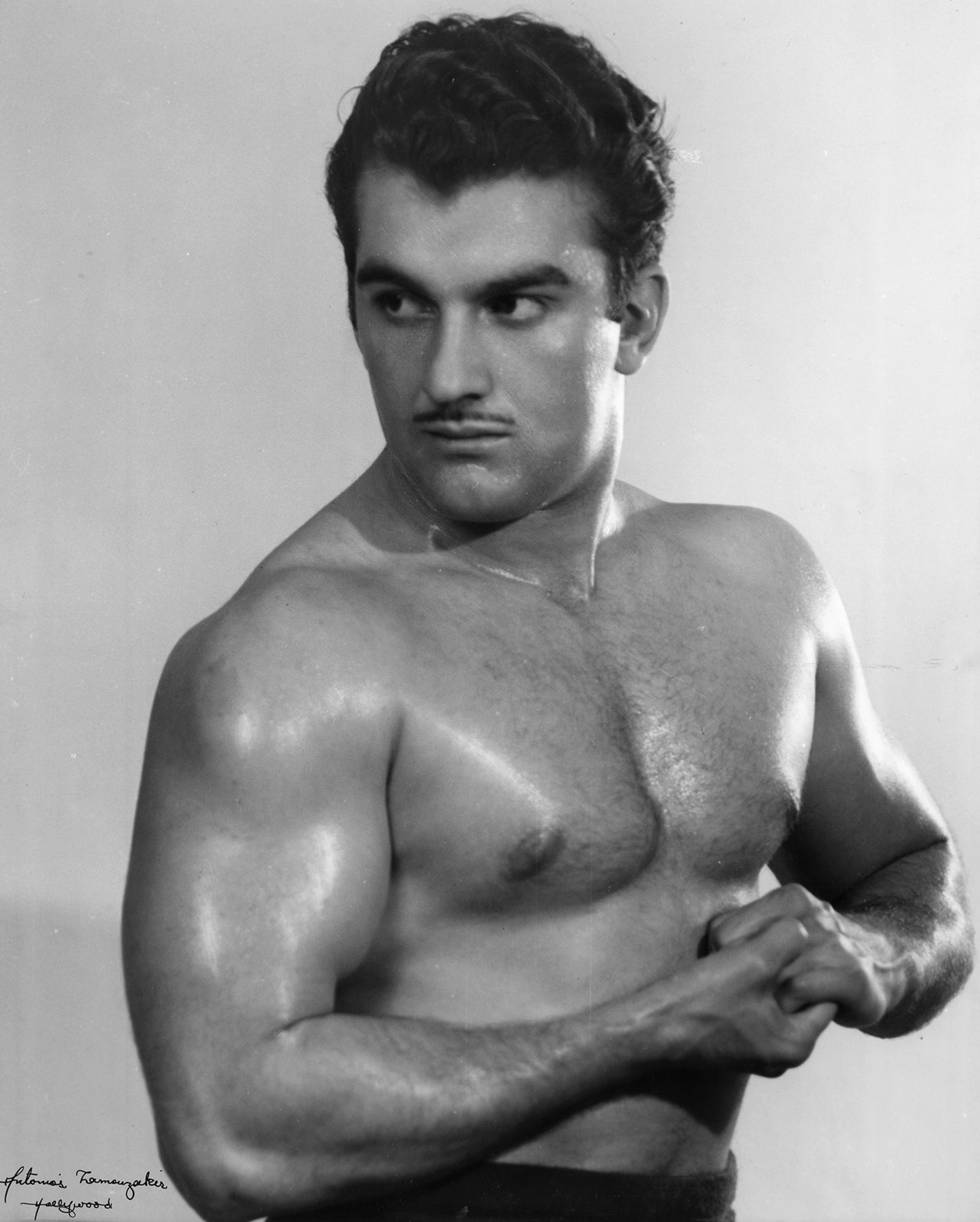
Ted Tourtas was a pretty boy, a Turk, a Greek, or whatever made promoters happy.
Reproduced from the original held by the Department of Special Collections of the University Libraries of Notre Dame
It might have said wrestling on the marquee or in the newspaper ads, and that aspect of Tourtas work was important. But what really got fans to cheer or jeer or darn socks was the story he was telling in the ring, a tried-and-true one in pro wrestling circles the bad guy wasnt so bad once you got to know him. Since its inception as a carnival-type attraction, pay-for-play wrestling has navigated a tricky course, drifting between outrageous entertainment and mainstream athletic competition. The common denominator in the bounce between farce and honesty has been the storyline.

